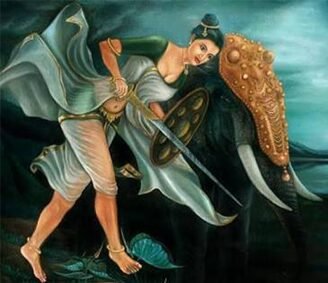Shringar Rasa: The Rasa of Love and Beauty
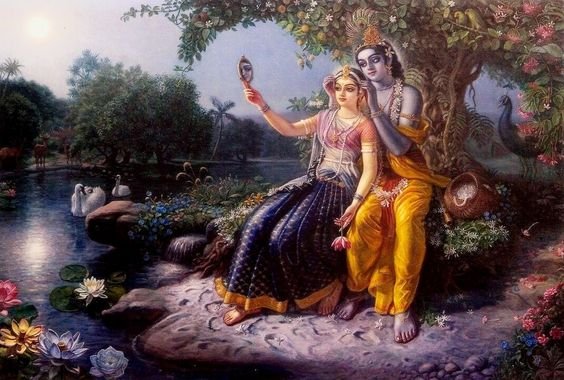
A taste for love, beauty and aesthetics is one of the nine flavors of Indian literature and art. Shringar is generally considered to be the most distinctive and important flavor, signifying feelings of love, passion, desire, and beauty. Whether in poetry, dance or painting, Shringar has inspired countless artists and poets over the centuries, creating a lasting legacy. In this blog, we will explore the origin of shringara rasa, its mythological significance, its depiction in classical Indian literature and its visual representation in classical dance forms.

Origin of Shringar Rasa
The roots of aesthetic taste can be traced back to the Natyashastra, an ancient Sanskrit text by the sage Bharata, which laid the foundation for the concept of taste in Indian aesthetics. According to Natyashastra, the word Shringar comes from the Sanskrit word Shringa which means “beauty“. In the context of the theory of taste, Shringar represents sensuous beauty and love jewelry.
Traditionally, aesthetic pleasure is divided into two categories: sambhoga (union), which refers to the joy of being together, and vipralambha (separation), which represents the desire and pain of separation. These two parts cover the whole range of romantic emotions from the anticipation of the beloved’s arrival to the sadness of a temporary separation.
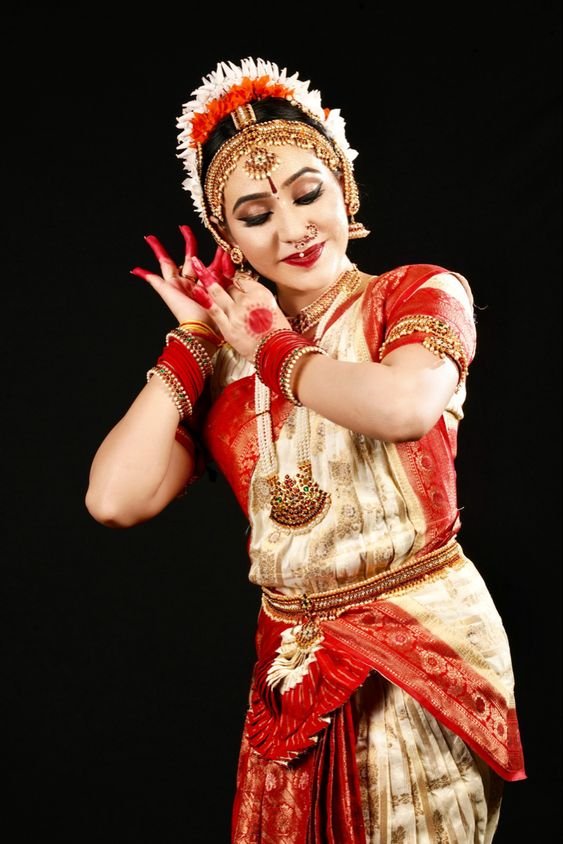
Shringar Rasa in Mythology
Indian mythology is full of aesthetic references. One of the most wonderful stories describing this flavor is the love story of Radha and Krishna, a divine symbol of orgasm and separation. The relaxed, romantic encounter of Radha and Krishna in Vrindavan exemplifies the joy and beauty of union, while their inevitable separation reveals intense emotional longing
Similarly, the love stories of Shiva and Parvati and Rama and Sita are timeless images of sweet beauty in Hindu mythology. These stories not only celebrate the beauty of love but delve into the spiritual dimensions, showing how earthly love can transcend into a higher, divine experience.

Understanding Shringar Rasa in Indian Literature and Art
From ancient Sanskrit poetry to medieval devotional literature and beyond, aesthetic interests are ubiquitous in Indian literature. Some notable examples are:
- Sanskrit Literature: Kalidasa’s KumaraSambhavam is a classic example of aesthetic taste in ancient Indian literature. Mixing erotic imagery with spiritual symbolism, this magnificent poem beautifully narrates the courtship and marriage of Lord Shiva and Parvati.
- Medieval Devotional Poetry: During the Bhakti period, poets like Jayadev and Mirabai used aesthetic taste to express their devotion and love for the divine. Jayadeva’s Gita Govinda is famous for his erotic yet devotional verses describing the divine pastimes of Radha and Krishna, and Mirbai’s poems reflect his deep longing and love for Lord Krishna
- Mughal Miniatures: During the Mughal period, romantic miniatures were very prominent. These portraits often depicted lovers in picturesque settings, decorated with vibrant colors, intricate designs, and intricate decorations—establishing elegance and grace emphasizing the essence of the aesthetic taste.
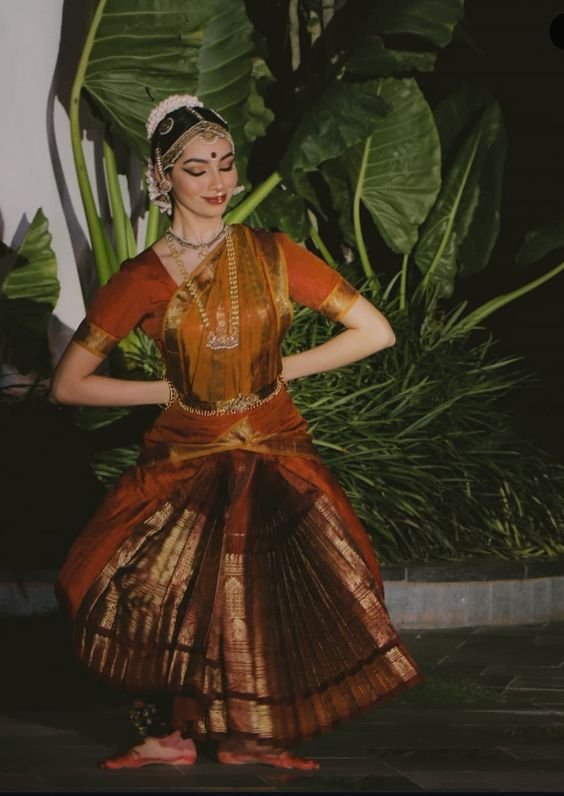
Shringar Rasa in Classical Dance Forms
Ancient Indian dances are perhaps the most fascinating expression of aesthetic taste. Dancers convey this idea through gestures, facial expressions and movements that convey feelings of romance and beauty. Here are some ancient dances famous for their aesthetic appeal:
- Bharatanatyam: Being from Tamil Nadu, Bharatanatyam tends to use aesthetics more to depict love stories about the divine relationship of gods and goddesses. The use of action (expressions) in dance beautifully conveys feelings of passion, passion and devotion.
- Kathak: Known for its historical elements, Kathak often incorporates themes of love and desire through aesthetics. The intricate footwork, graceful twists and gestures evident in the dance are used to tell stories of love, especially the divine bond between Radha and Krishna
- Odissi: This ancient dance from Odisha often expresses beauty through its emotional, fluid movement. Odissi dancers use their eyes and facial expressions to communicate subtle emotions, often performing pieces inspired by the Gita Govinda.
- Kuchipudi: Hailing from Andhra Pradesh, Kuchipudi is another dance form known for its symbolism of beauty. It combines dance, music and drama to present themes of love and devotion, with a special focus on the aesthetics of beauty.

Contemporary Relevance of Shringar Rasa
In modern times, aesthetics continue to inspire artists, poets and actors. While traditional images are important, contemporary versions tend to blend the ancient with the contemporary, reflecting current social issues and relationships Filmmakers, fashion designers, and contemporary poets often enjoy a timeless aesthetic in them of the artistic methods. This development reflects the enduring fascination with love and beauty as central themes in human experience.
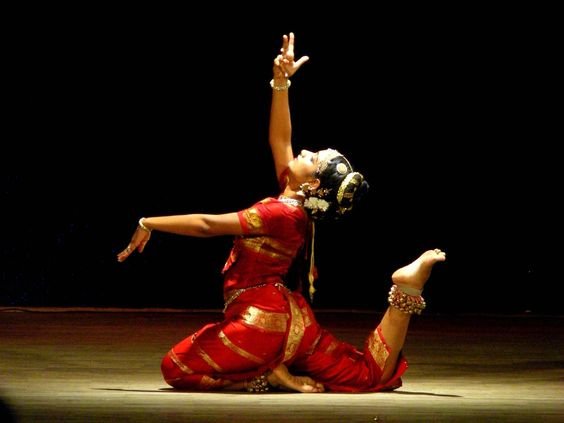
Conclusion
Aesthetic taste is not merely a representation of romantic feeling; It is a celebration of beauty, beauty and deep human connection. From ancient disciplines to contemporary art, aesthetics has always attracted inspiration, reflecting society’s changing attitudes toward love and beauty. It focuses on the universal feeling of love and its ability to transcend time, culture and style. Understanding aesthetic appeal not only deepens our appreciation of Indian literature, dance and art but also connects us to the timeless human experience of love, passion and beauty.
